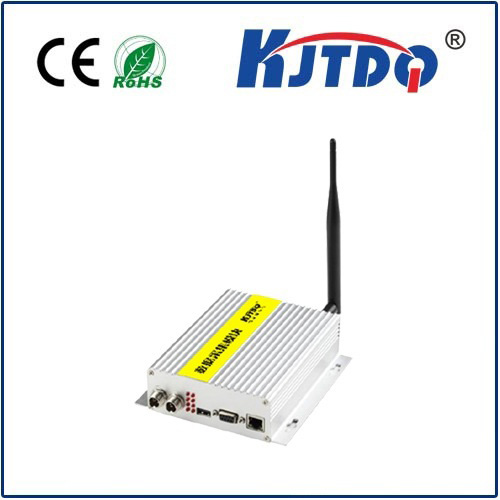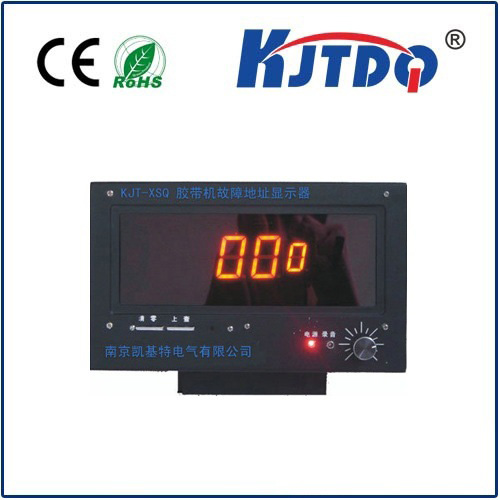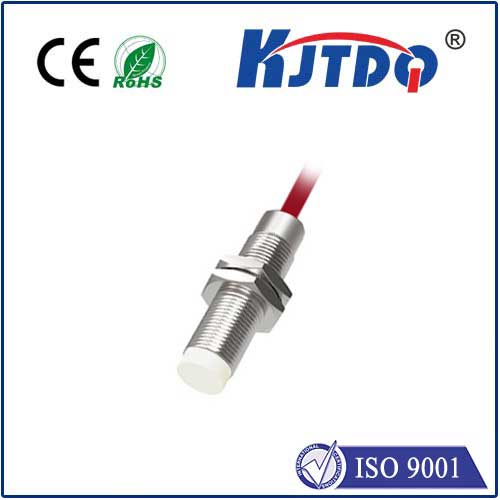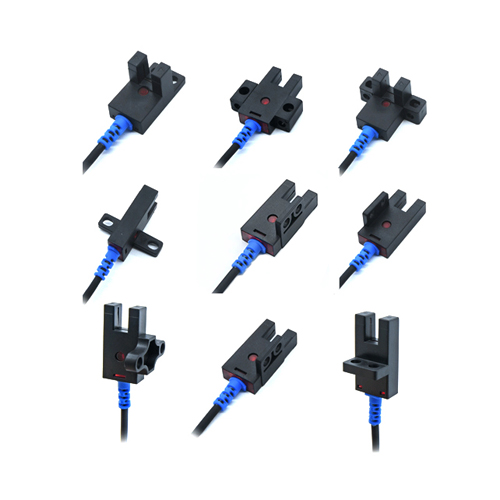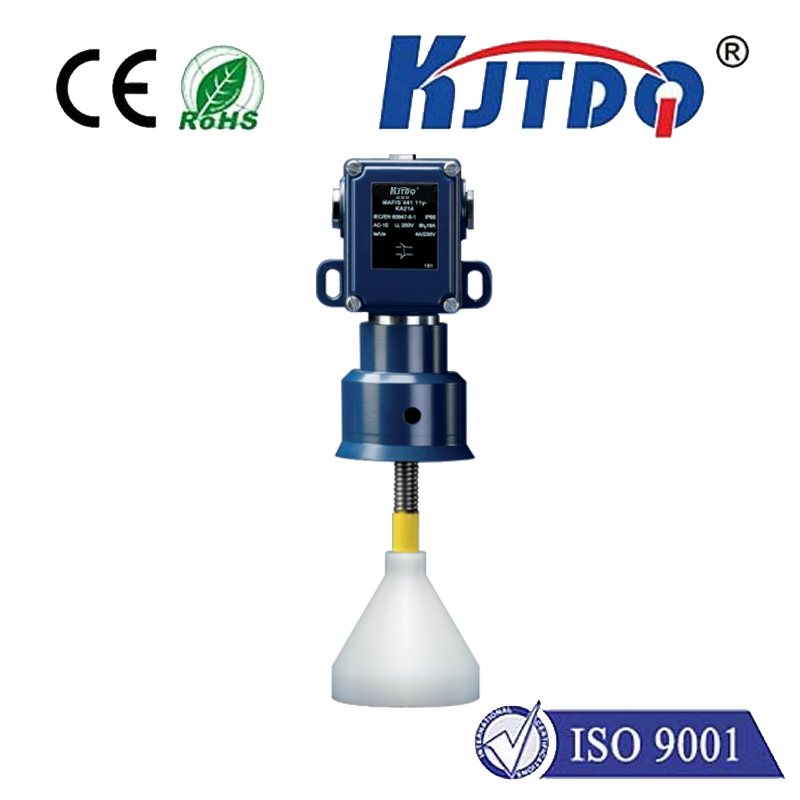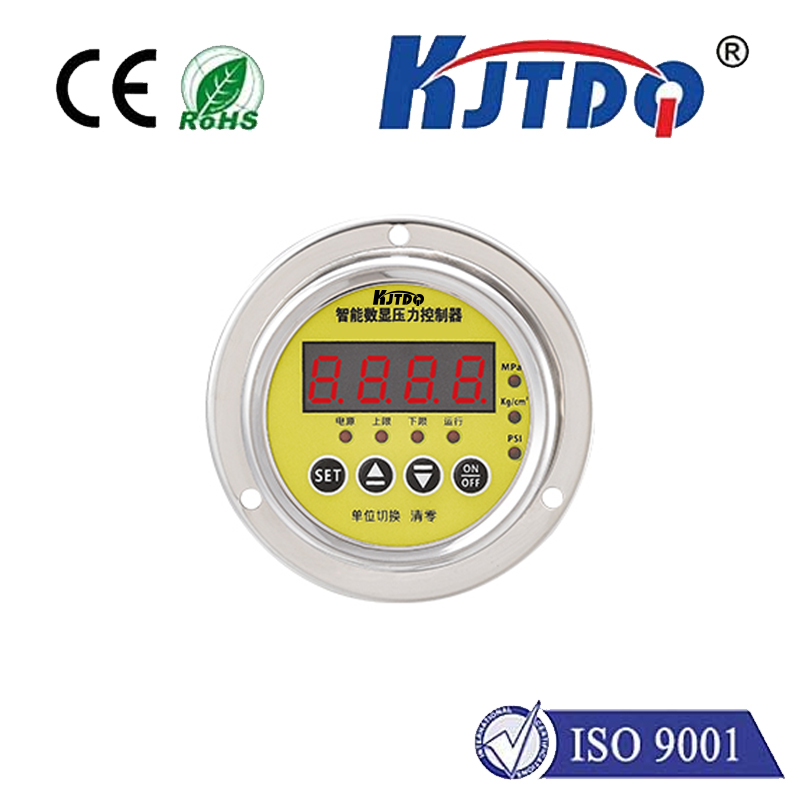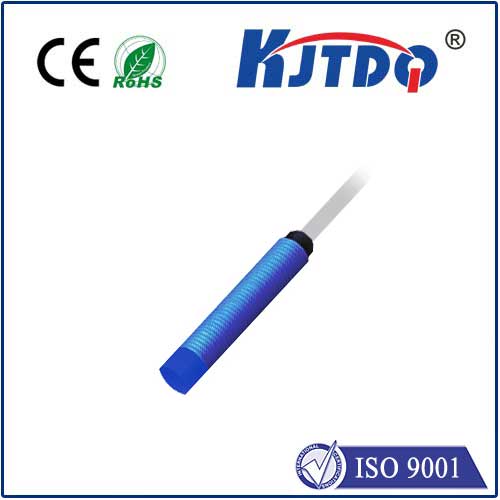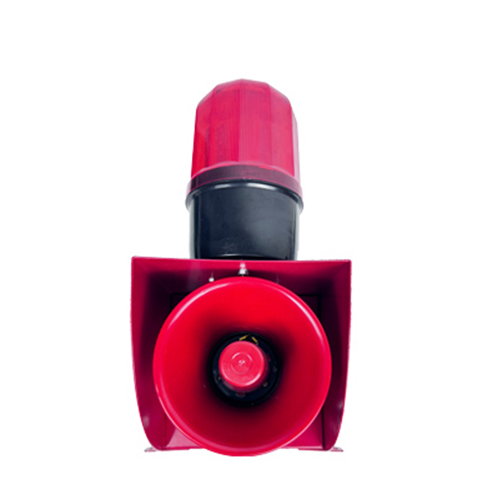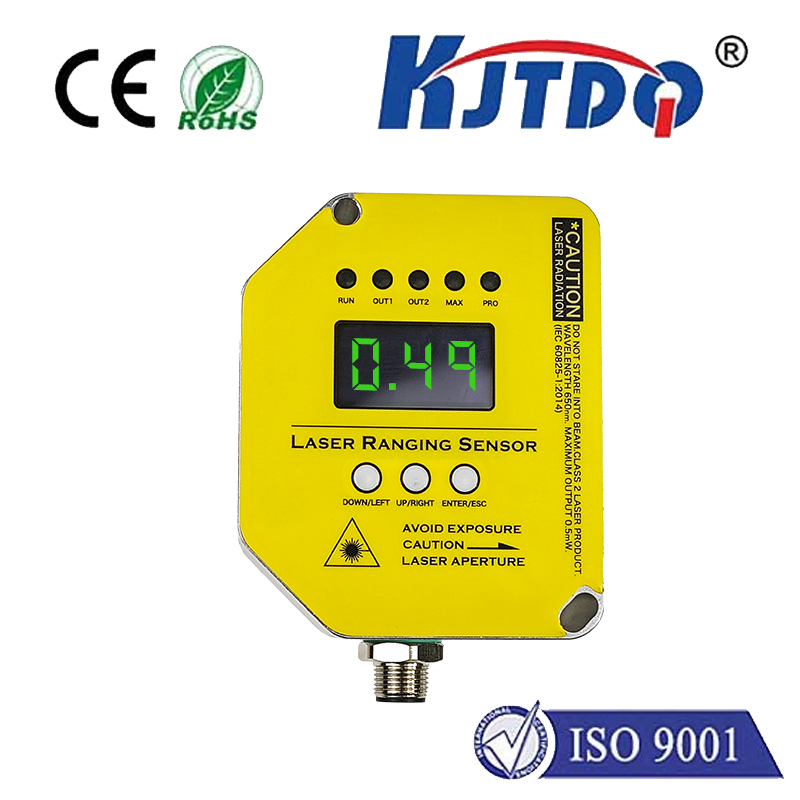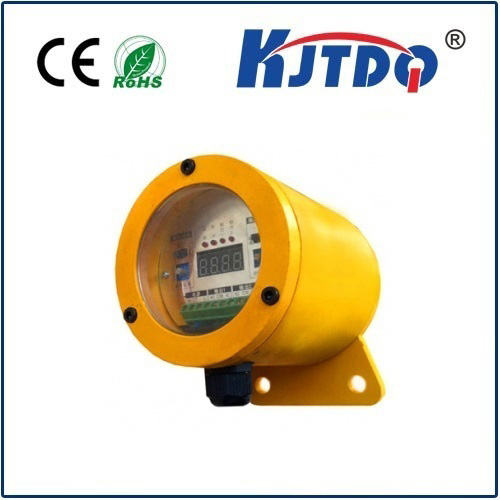Датчик приближения без NC
- time:2025-07-14 14:50:38
- Нажмите:0
Unlock Flexibility with NO/NC Proximity Sensors: One Sensor, Two Ways to Signal
Ever found yourself deep in an automation project, choosing the perfect proximity sensor for the job, only to hit a wall: *Do I need a Normally Open (NO) or a Normally Closed (NC) output?* This seemingly simple choice can have significant implications for wiring, logic, and even safety. What if you didn’t have to commit? What if one sensor could offer both? That’s the power and convenience of the NO/NC proximity sensor – a versatile solution designed to simplify your design and reduce complexity.
Understanding the core difference between NO and NC configurations is crucial. A proximity sensor detects the presence or absence of an object within a defined range without physical contact. Its electrical output is what tells your control system (like a PLC) what it “sees.”
- Normally Open (NO Sensor): In its default state (no target detected), the output circuit is open – think of a disconnected switch. No current flows. When a target enters the sensing field, the switch “closes,” completing the circuit and allowing current to flow. It signals “target present” by becoming active. This is often the default configuration for many sensors.
- Normally Closed (NC Sensor): Here, the logic is reversed. Without a target present, the output circuit is closed, allowing current flow. When a target enters the sensing field, the switch “opens,” breaking the circuit and stopping the current. It signals “target present” by becoming inactive.
Both configurations have their distinct advantages depending on the application’s requirements:
- NO Sensors: Often preferred for standard presence detection where an active signal signifies a detected object. They are intuitive for many “start” or “activate” sequences.
- NC Sensors: Excel in safety-critical applications or where a loss of signal needs to indicate a problem or an alarm condition.
- Safety: Consider a guarding application. A safety door switch might use an NC configuration. When the door is safely closed, the NC circuit is closed, and current flows (indicating “safe”). If the door opens unexpectedly, the circuit opens (current stops), instantly signaling the hazard to the safety system. This principle, known as positive opening or fail-safe operation, is vital.
- Wire Break Detection: If the wire connecting an NC sensor breaks (or the sensor fails) while no target is present, the current flow stops. This mimics the state of a detected object (circuit open), triggering an alarm or fault condition. It inherently detects open circuits or sensor failures, adding a layer of diagnostic safety. An NO sensor in a broken wire state would simply appear as “no target present,” potentially masking a critical fault.
Enter the Game-Changer: The NO/NC Proximity Sensor
This is where the dual-output NO/NC proximity sensor shines. Instead of forcing you to choose one configuration irrevocably during the ordering process, these sensors incorporate both output types within a single housing. They typically feature three connection wires:
- Supply Voltage (+)
- 0V / Ground (-)
- Output Wire (Load Line)
The genius lies in how you wire it:
- Connect the output wire to your PLC’s positive input point, and the sensor functions as a NO (Normally Open) device.
- Connect the output wire to your PLC’s negative/0V input point, and the sensor instantly transforms into an NC (Normally Closed) device.
Why Choose an NO/NC Sensor? The Compelling Benefits
- Unparalleled Design Flexibility: Simplify your engineering and panel design. Stock one sensor type that can be configured on-site for either NO or NC operation. This drastically reduces the need to stock multiple specific part numbers for the same sensing task.
- Inventory Simplification: Reduce your spare parts inventory. Instead of needing both NO proximity sensors and NC proximity sensors for different machines or applications, a single NO/NC type covers both needs.
- Streamlined Troubleshooting & Maintenance: Technicians encounter a consistent sensor type across the plant floor. Wiring standards become easier to maintain when the output mode is determined during installation, not by the specific sensor model. If a logic change is needed on a machine (e.g., switching from target-present detection to target-absence detection), you often only need to rewire the output connection point on the PLC card or change the input logic in the program – the physical sensor remains the same.
- Enhanced Safety Implementation: Easily integrate the sensor into safety circuits requiring NC behavior without needing to source a separate NC-specific part. The ability to configure it for fail-safe operation is readily available.
- Reduced Downtime: Need to replace a sensor? Having an NO/NC sensor on the shelf means you can replace either an NO or an NC sensor without delay, no matter which one failed. You configure it during installation.
Where Do NO/NC Proximity Sensors Excel?
The versatility of dual-output sensors makes them ideal across countless industrial automation scenarios:
- Machinery Safety: Configuring as NC for safety interlocks on guards, light curtains, or emergency stop monitoring (where an open circuit must signal a fault).
- Position Verification: Detecting the presence (using NO mode) or absence (using NC mode) of parts on conveyors, pallets, or fixtures.
- End-of-Travel Sensing: Monitoring cylinders or actuators in either extended (using NO) or retracted (using NC) positions, depending on the needed logic, with the same sensor type.
- Level Control: Detecting low material levels in bins (using NC configured to signal “low” when material breaks the beam) or high levels (using NO to signal “full” when material is detected).
- Automated Assembly: Ensuring components are correctly loaded (NO) or missing (NC) at various stages of assembly.
Choosing Your NO/NC Proximity Sensor
When selecting, consider the same factors as any proximity sensor: sensing range, target material (ferrous, non-ferrous, all-metal), operating voltage, housing material (metal vs. plastic), IP rating for environmental protection, and output type (e.g., PNP vs. NPN transistor, which determines if the output sources or sinks current – ensure compatibility with your PLC input cards). The key differentiator for the NO/NC proximity sensor is, of course, the built-in capability to switch between output states via wiring.
Embrace the Power of Choice
The “NO NC proximity sensor” isn’t just a component; it’s a strategy for simplification and resilience. By eliminating the forced choice between NO and NC at the point of order, it offers engineers, technicians, and purchasing departments unprecedented flexibility. Stock one sensor type, deploy it for either logic requirement, simplify your BOMs, streamline your inventory, and maintain agility on your factory floor. In the demanding world of industrial automation, where efficiency and uptime are paramount, the versatile NO/NC proximity sensor proves to be an indispensable tool for smarter, more adaptable systems.
